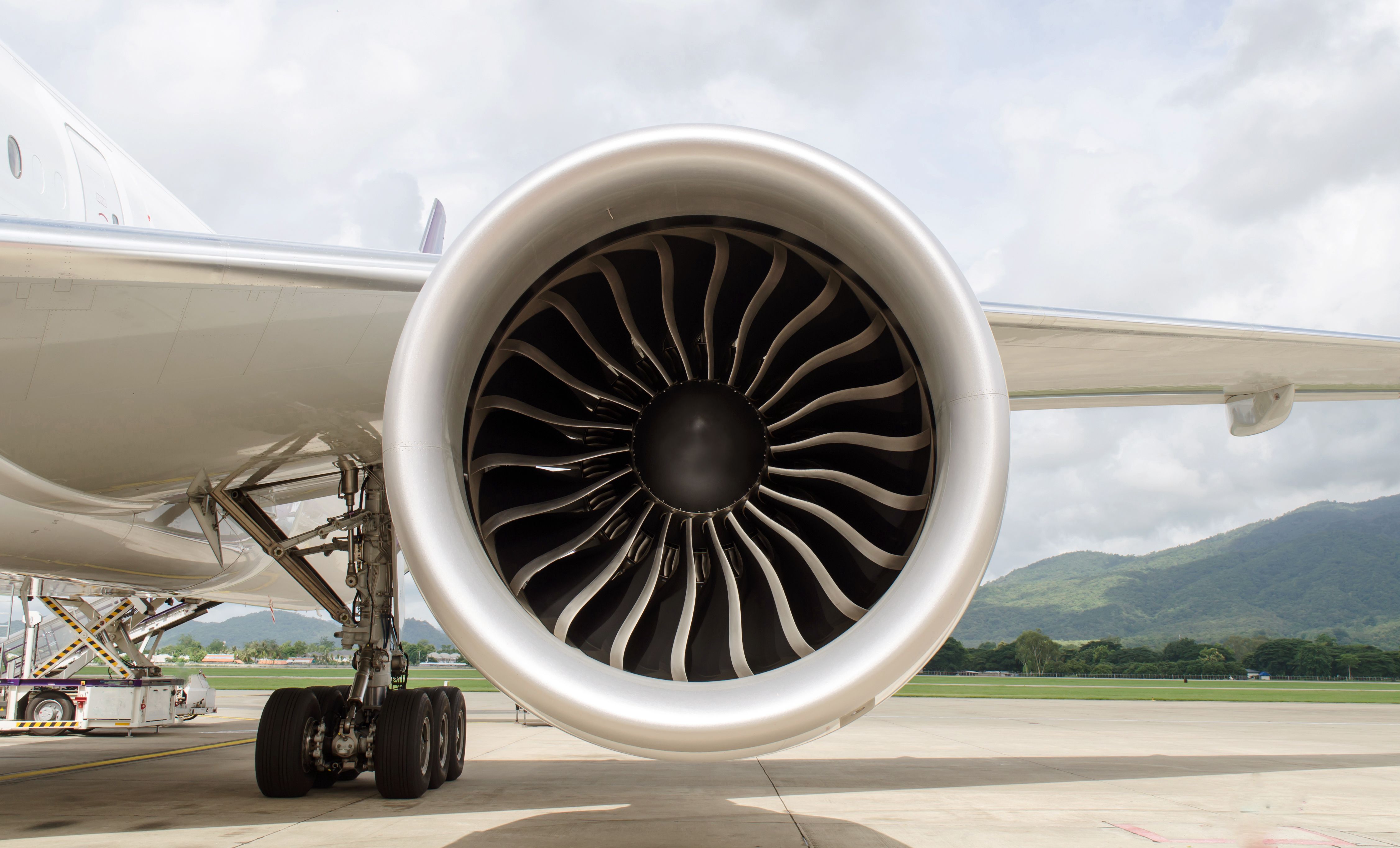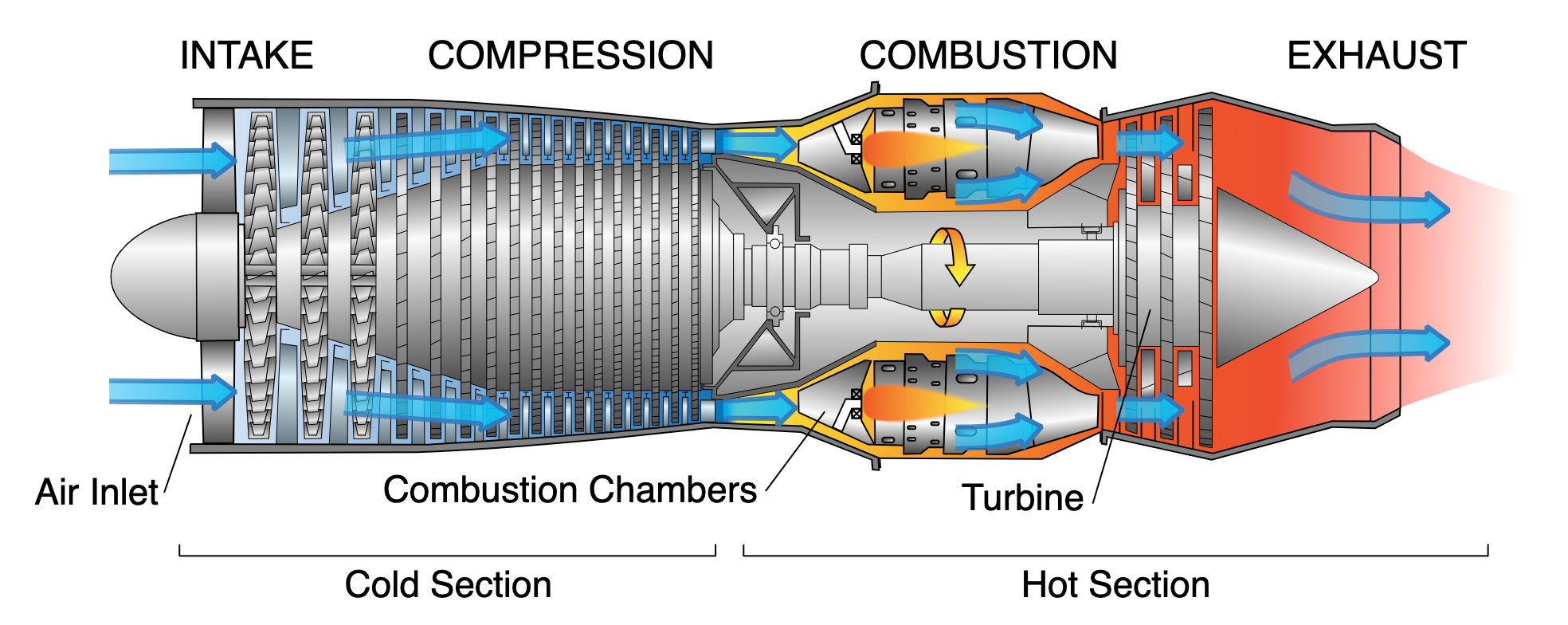Here's a riddle: What is something every pilot trains for it annually, countless media depictions feature in films and shows, many people fear, but rarely ever happens? If you guessed the title of this article, you're right. Engine flameouts are a rare occurrence. Though it necessitates an emergency declaration, flameouts are sorted by good recurrent pilot training. Let's talk about engine flameouts and how pilots are trained to handle them.
What is a flameout?
A "flameout" in a turbine engine refers to the loss of a consistent fuel/air burn in the combustion chamber of the engine. Every jet engine features a big fan at its front (intake) and a smaller series of blades further back in its compression stage. Even deeper inside is the core of the jet engine is where the fuel is combined with air and combusted.
This combustion drives gears contained within the stages of the inner engine (or N2), which spins a drive shaft connected to the large fan (N1) at the front of the engine. When a flameout occurs, the engine's core ceases normal power production because the fuel and air no longer mix in a proportion adequate to keep the engine operable. This can result from inadequate fuel, severe weather or ash ingestion, a compressor stall (uneven airflow to the inner turbine), etc.
You might have seen videos or heard of accounts of engine flameouts where the front blades of the engine keep rotating. It might even appear that the engine is still working. This is known to pilots as a "windmilling" engine. Since the plane is still flying somewhere between 160–320 knots, the force of the oncoming air is strong enough to keep the blades rotating. The engine fan blades are individual wings that continue to turn due to the oncoming airstream. For this reason, pilots can attempt something called a "windmilling restart" after an engine flames outs.
Restarting an engine
Pilots must be confident that the failed engine is not damaged and can restart before attempting it. If the engine were on fire or experienced severe damage, pilots would immediately move to shut down and secure the engine without attempting a restart. Successfully restarting an engine after severe damage is unlikely and could result in a fire. Pilots' efforts are better spent trying to land the plane safely as opposed to restarting a severely damaged engine.
Pilots consult the Quick Reference Handbook to determine the proper speed to pitch to if attempting a windmilling engine restart. Flying the appropriate relight speed ensures the front fan blades spin fast enough to drive the gear connected to the core fan blades so that they, in turn, spin sufficiently fast to support a restart. If the auxiliary power unit is working, pilots can perform an "assisted in-air start" using pneumatic pressure from the APU.
In this case, high-pressure air is ducted from the APU to the engine starter normally as it would during a ground start. This pneumatic air generates the rotation in the N2 compressor stage of the engine so that, when fuel is introduced, the engine will relight.
Want answers to more key questions in aviation? Check out the rest of our guides here.
Single engine or not...
Regardless of whether the in-air restart is successful, the flight's safety should never be in question. Most planes will have to drift down if they are at a cruise altitude, or they might climb more slowly if the failure occurs near the ground.
Still, many performance parameters must be met before the aircraft pushes back from the gate to ensure it can fly safely on one engine at its planned weight at any point during the flight. Engine flameouts are dramatic and scary, albeit rare. If able, pilots will try to restart the engine, but the plane is always able to fly on a single engine regardless of the outcome of the restart attempt.



